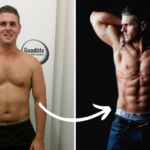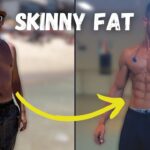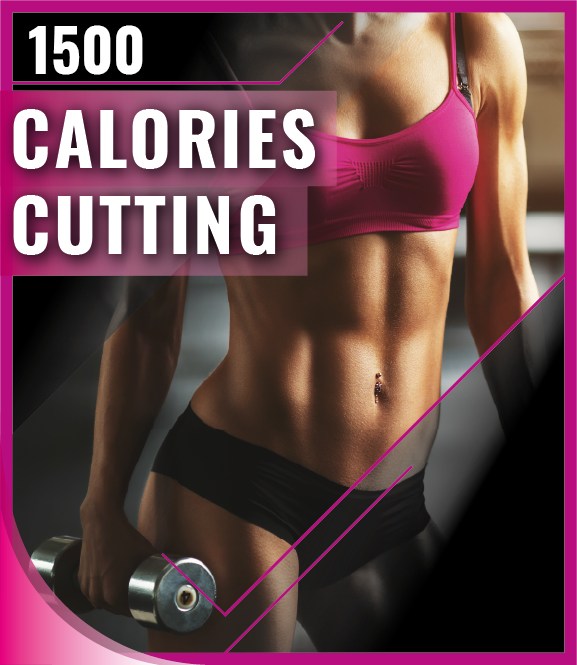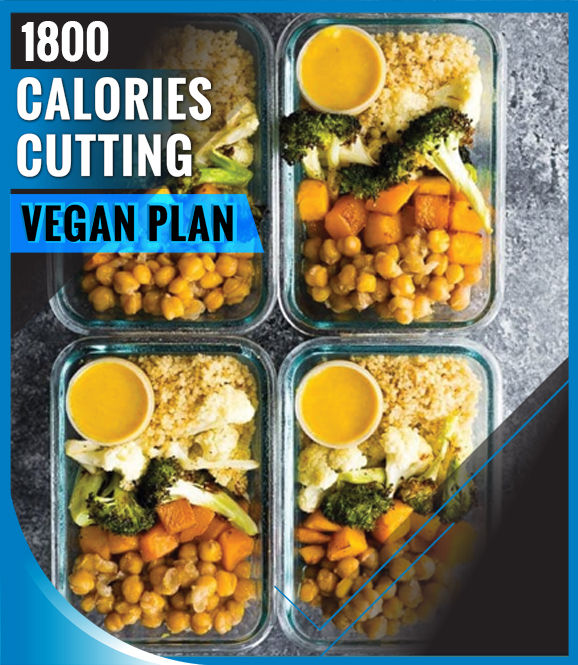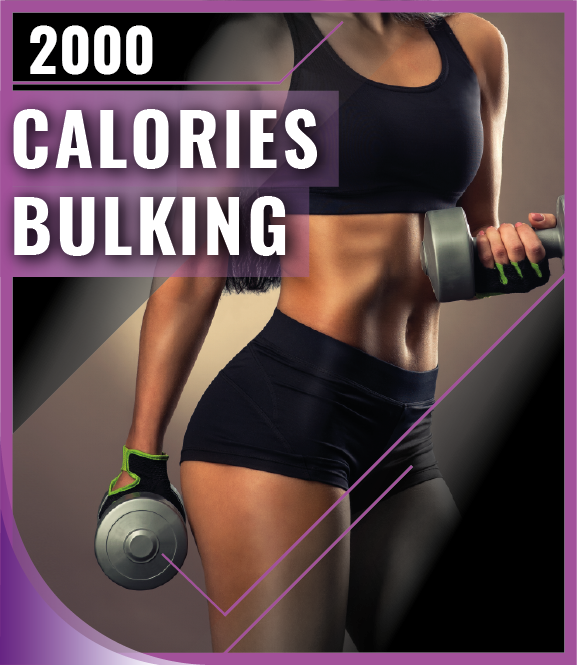I used to believe that creating a meal plan for weight loss was a horrendous experience of giving up your favourite food, never going to another restaurant, and only reserved for the strongest of willpower.
Years ago, I really struggled to get into shape and, like most people, believed that I had to “eat clean to get lean” — which meant buying expensive quinoa salads and protein balls, and became frustrated when I saw no weight loss progress!
My journey started with a gut that looked like this.
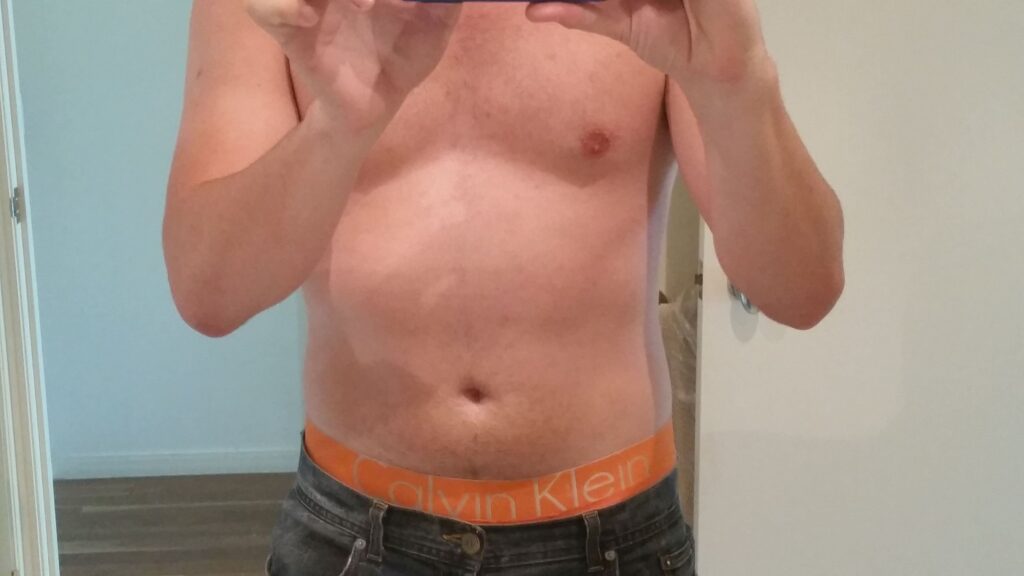
It wasn’t until I learned how to meal plan while including cheat foods every now and again, that meal planning became such an enjoyable and experimental experience — which led me to get into the best shape of my life.
In this article, I’m going to share with you exactly how to create your own flexible meal plan for maximum weight loss, without restricting food choices.
Meal Plan for Weight Loss Tip #1
Stop “aggressively” restricting your calories
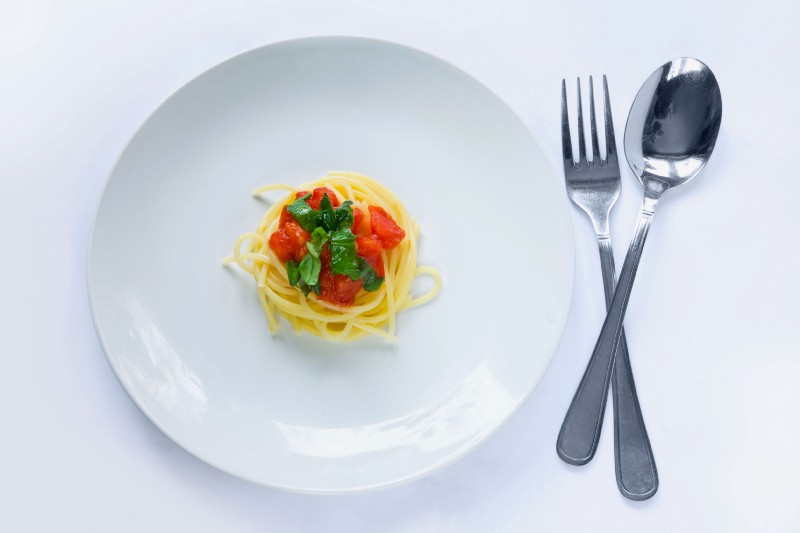
Most people execute their weight loss journey out of impatience! This leads to disastrous dieting behaviours such as skipping meals, cutting out complete food groups, severely reducing portion sizes, and taking extreme dietary measures that leaves you feeling miserable.
We’ve all done it! I’ve done it. And as we all know, we end up adding to the “yo yo dieting” statistic and worse, putting on all the weight (plus some) we lost on our savage 10 day “watermelon cleanse.”
Losing Glycogen and Water Weight
The truth is, whenever you hear of someone losing 10 pounds of weight in their first week through aggressive calorie restriction, they are actually losing mostly glycogen and water (not fat!)
In this study, it was found that subjects lost 20 to 30% of their weight as water, with most of that caused by a reduction in glycogen levels.
Losing glycogen is not really a problem, but the moment you break out of the starvation diet and begin eating carbs again (after you’ve cut them all away) is the moment glycogen and water weight will return.
Turning “Skinny Fat”
One of the problems I personally faced when I heavily restricted my calories was a humiliating situation of being skinny fat. Also known as “normal weight obesity”.
This photo was the result of an aggressive calorie restriction, zero weight lifting, torturous cardio, over a 3 month period back in 2014.
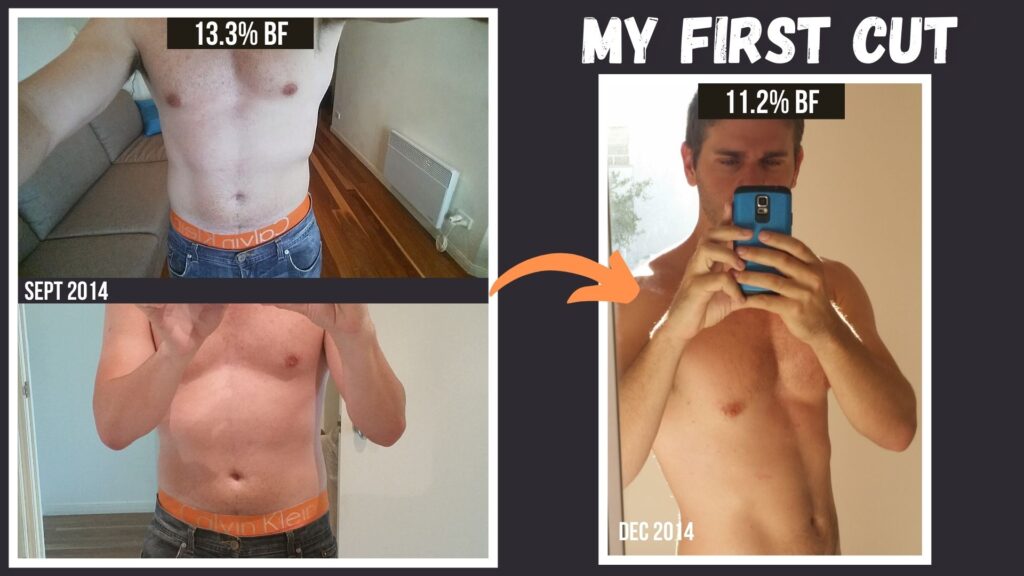
I can never forget taking the photo on the right and being so disappointed. I worked really hard at restricting my calories that I just looked small, weak, and without any muscle to show. By the way, a combination of dieting and training behaviours that most of you have committed, too!
So don’t make the same mistake of heavily restricting your calories, losing muscle, doing endless cardio, and zero resistance training… you’ll end up a skinny fat like I was 🙁
And by the way, I wasn’t enjoying this process either. Very low calorie dieters like me (back then) suffer from food cravings, mental fatigue, and zero energy! It was a miserable 3 month transformation that left me more miserable afterwards.
I’m about to show you the healthy way of reducing your calories, without making the same mistakes I made.
Meal Plan for Weight Loss Tip #2
Getting Your Calorie Deficit Right
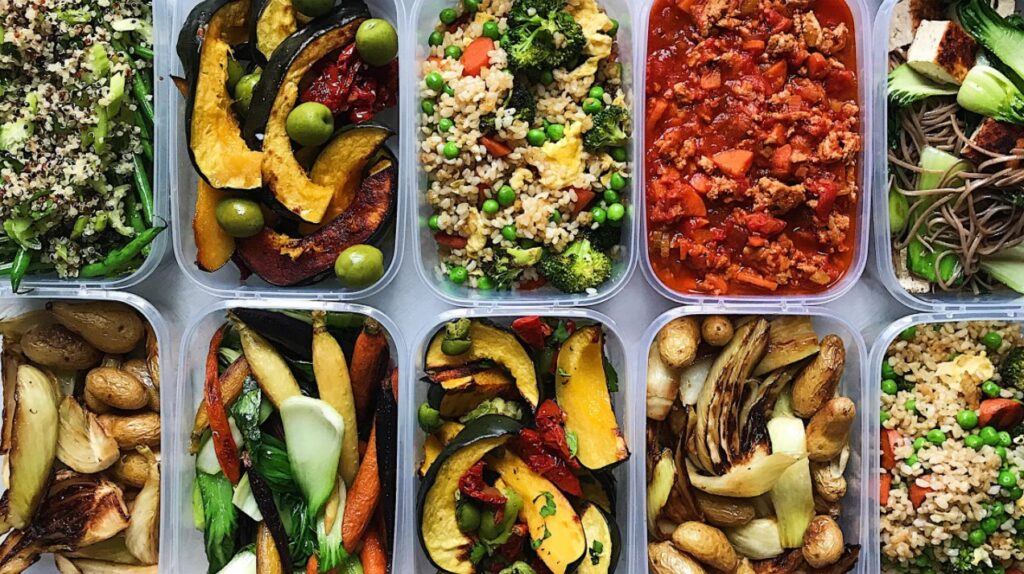
So I’m going to show you how to safely reduce your calories, without starving yourself, and enjoy the process!
I’ve designed an online calculator on my site which is easy to use and will help you quickly and easily determine your daily calorie target. Quickly determine your daily calorie target then come back to this article 🙂
If you attempt to restrict your calories further (like I did) then you’ll face all of the complications we discussed earlier — and skinny fat is what we want to avoid!
After you’ve figured out your daily calorie target using my calculator, the next step is to…
Meal Plan for Weight Loss Tip #3
Determine Your Macronutrient Requirements
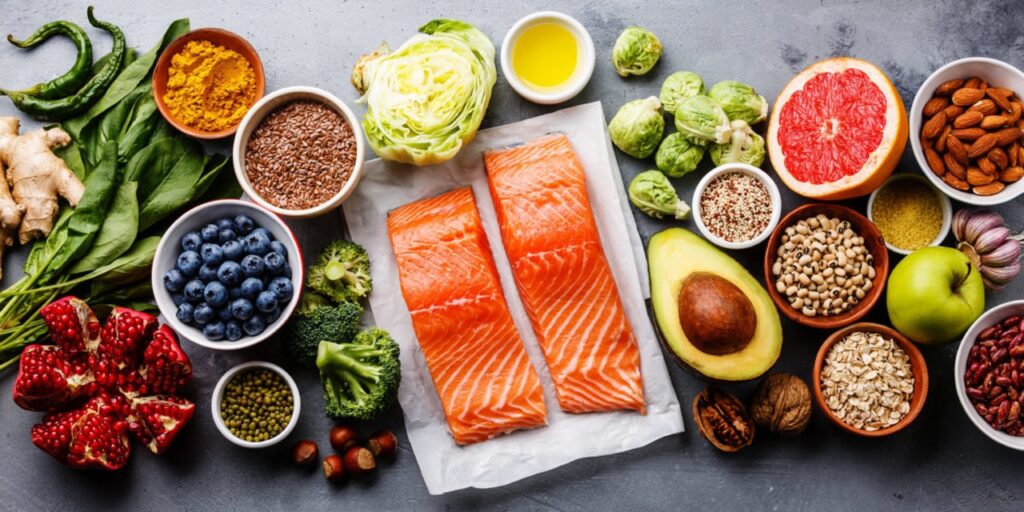
In simple terms, a macronutrient (or “macro”) is any nutritional component found in large (“macro”) amounts — protein, carbohydrate, and fat.
When it comes to losing fat and building muscle, the macro of most importance to us is protein.
Before we dig deeper into protein requirements, using the same calculator on my site, determine your macronutrient requirements. Once you’ve done that, we can move on to discuss the most important macronutrient for our body compositions goals…
The King of the Macronutrients… Protein!
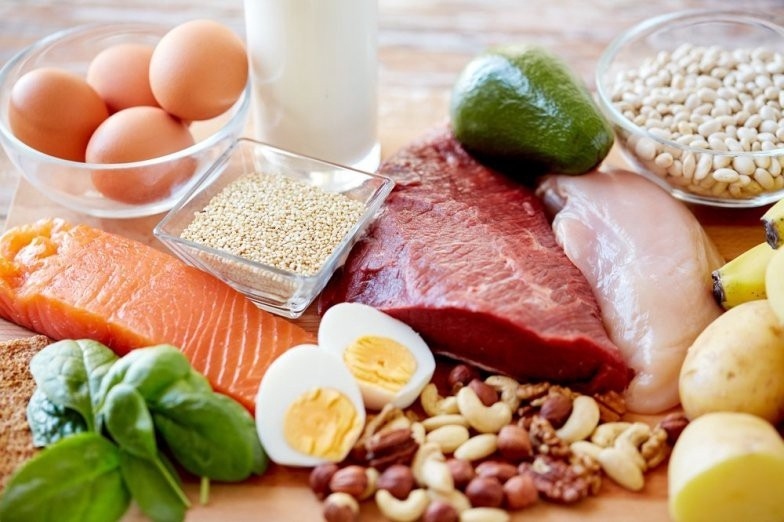
This might sound like simple and borderline cliche advice, but I cannot emphasise this enough. If you have committed yourself to a weight lifting program and a personal trainer to match, then you must apply equal commitment to trying to meet your daily protein requirements.
When I first started my fitness journey, I was scared to eat too much protein because I thought I’d damage my kidneys. After looking at several studies, including this one, I learned that high protein consumption will not damage your kidneys!
The only exception to this was found in this study where people that are at risk of kidney disease or those with one kidney should avoid a “high protein diet”, and patients with more severe kidney disease should maintain a low protein diet.
After years of consuming around 150–200 grams of protein per day — out of interest — I decided to get a kidney function test with my local doctor. The results returned back as “normal” 🙂
Also, I had the test done in the middle of my bodybuilding competitions when my daily protein consumption was even higher!
This includes rest days! And applies to anyone that is training 3–6 days per week in the gym, bulking or cutting, lifting weights, or undertaking High Intensity Interval Training (HIIT).
If you are declaring that I’m pulling figures out of thin air — not backed in science — and is complete overkill, then lets look at some reputable studies.
In one study by McMaster University, they found that a protein intake between 1.3 to 1.8 grams per kilogram of body weight per day (0.6 to 0.8 grams per pound of body weight) is enough for stimulating maximum protein synthesis.
I found a really good summary of four studies on Examine.com where they analysed the results of a calorie deficit, coupled with high protein intake across different population types.
Take a moment to look at this (image source: Examine.com):
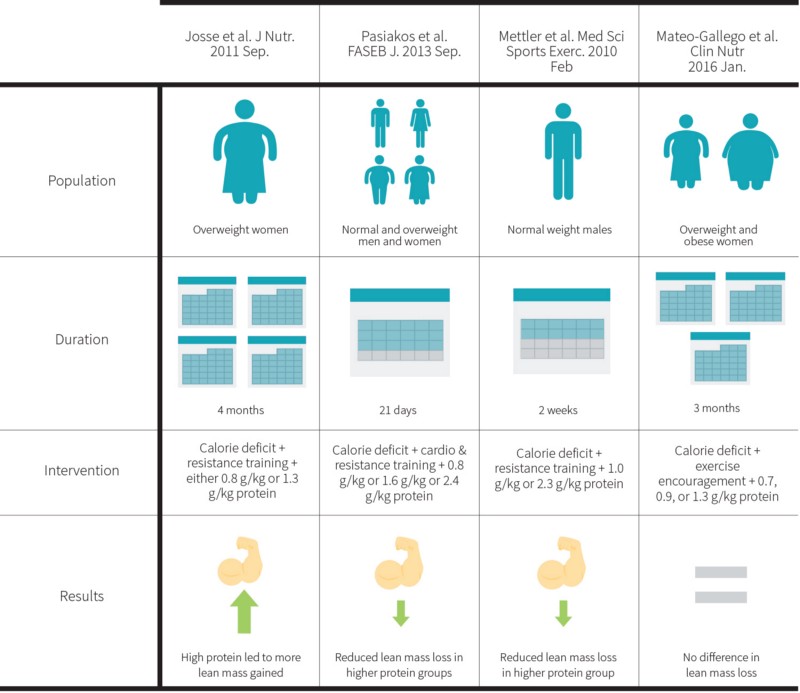
So even if I’ve convinced you, you might still be wondering how you are supposed to get that much protein everyday, especially if your intent is to include “whole-food” forms of protein in your meal plan.
In order to consistently maintain a high protein intake, you’ll need to consider supplementing your protein intake with protein powder — especially if you are a vegetarian!
In an ideal world, you should get 100% of your protein requirements from whole food. The truth is, most people can’t due to family, work, travel commitments, etc. This is why getting over half your protein needs from whole food and the rest from protein powder, is a good compromise for most busy people I’ve worked with over the years.
What about Carbs?
When I first started my fitness journey, I could never get a straight answer about whether I should restrict my carb intake or not.
The truth is, when it comes to body composition, it doesn’t really matter. As long as you don’t exceed your daily calorie target, you’ll find that life will be much more enjoyable when you include more carbs in your meal plan, not less.
You’ll see in the sample meal plans you can download from my site that all “cutting” plans include a generous amount of carbs 🙂 The same flexible meal plans that have helped hundreds of people over the years get into the best shape.

Start Your Transformation Today!
Reach your fitness transformation goals of shredding fat, building muscle, and getting stronger, in the shortest time, without crazy dieting or buying useless sports supplements.
Learn MoreAnd… How much dietary fat should I eat?
Low fat dieting took over the world because we all feared that “eating fat made us fat”.
In 2019, the science is crystal clear that dietary fat plays a vital role in regulating hormone production, insulin sensitivity, and more. The moment you chop dietary fat is the moment you compromise those functions.
Personally, when I design my flexible meal plans, I usually aim to get around 20% of my daily calorie target from dietary fat. If you refer back to my online macronutrient calculator, you’ll see that it will calculate your dietary fat requirement for you 🙂
For example, I weigh 200 pounds so I aim for (200 x 0.2) 40 grams of dietary fat per day in my meal plans, which is aligned with the IoM research.
Meal Plan for Weight Loss Tip #4
Always Eat What You Love
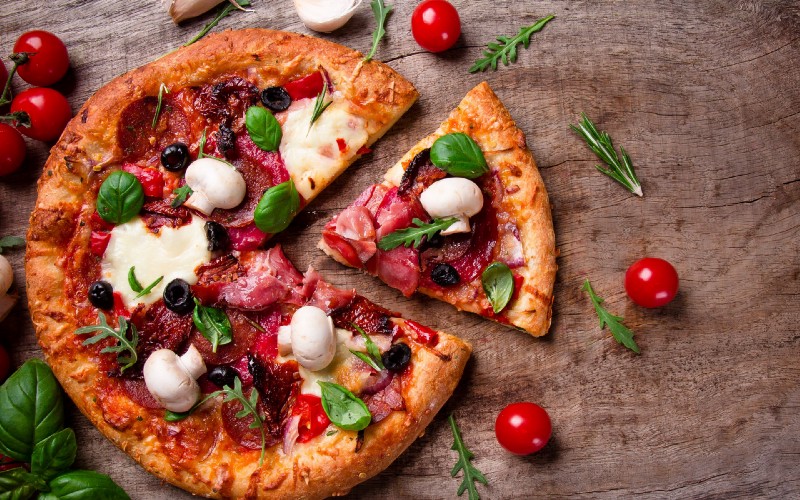
For years, I was totally convinced that my food choices were the reason I was out of shape. That I needed to fix my junk food addiction and start eating quinoa salads, green smoothies, and overnight oats to even have a chance of weight loss.
I was wrong.
After I finally managed to boot my junk food addiction consisting of party mix lollies, donuts, and sugary food. I spent so much time and money sticking to stupid “raw food” and green smoothie diets — believing that a squeaky clean diet would send me down the path of shreds and six pack abs.
There were many times where I cycled into cleaning out my cupboards — replacing everything with fancy steel cut oats, exotic raw food additives, and lush green smoothies. But… my approach was flawed! I didn’t understand the law of energy balance and the requirement to determine my daily calorie target and macronutrient requirements.
Here is a photo from my “clean eating” days…
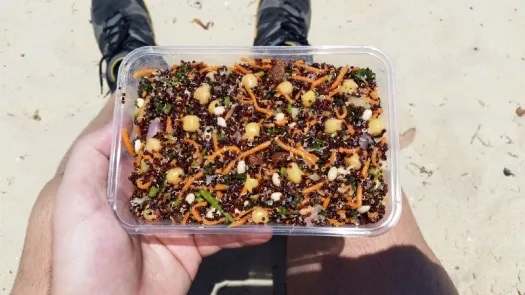
The bottom line is… you can eat the “cleanest” calories on earth. If you eat more calories than what your body needs, you’ll gain weight. Weight loss is predicated on how much you eat, not what you eat.
Which means, as long as you are consistent with not exceeding your daily calorie target and macronutrient requirements, you’ll achieve the body composition that you want.
In this eye-opening experiment by “Twinkie Diet Professor” Mark Haub, he lost 27 pounds by restricting his daily calorie target to 1800 calories per day eating mostly junk food, demonstrating that food quality does not dictate weight loss or gain.
This is why you’ll see shredded Instagram fitness models holding pizzas, donuts, and choc chip cookies, boasting how they can remain “lean all year” by eating like that. The truth is… at its real core, is just a fundamental appreciation of calorie and macronutrient tracking.
Of course, I’m not promoting junk food! I’m demonstrating real examples of the law of energy balance and how weight loss and weight gain is predicated on food quantity over food quality.
In my experience, the 80–20% balance of “clean” vs “dirty” calories makes sticking to your flexible meal plan easier, more enjoyable, and meals more satisfying which will lead to greater adherence.
On the flip-side, if you decide to design your flexible meal plan with 80% of your target calories derived from highly processed junk food; you will feel less satiated and feel hungry more often — making it more difficult to stick to the plan.
My Favourite Nutrient-Dense Foods
Here is an example list of food I have used in my 2,000 calorie “cut” and 3,500 calorie “bulk” flexible meal plans. This is where I will pick and choose from the following list. Around 80% of my calorie spend (i.e., 1,600 calories) will consist of the following;
- Chicken breast
- Brown rice
- Mixed vegetables
- Cottage cheese
- Sirloin steak
- Peanut butter (who doesn’t love it?)
- Turkey breast
- Baked sweet potato chips
- Avocados
- Cashews (any nuts!)
- Eggs
- Oats
… and 20% of my calorie spend will be from my favourite cheat foods. Such as;
- Messina Gelato
- Quest protein bars
- Cafe Latte (with 2 teaspoons of sugar)
- Toblerone 🙂
Here is an example flexible meal plan that helped me get down to very lean body fat percentages. You can download these kinds of flexible meal plans from here.
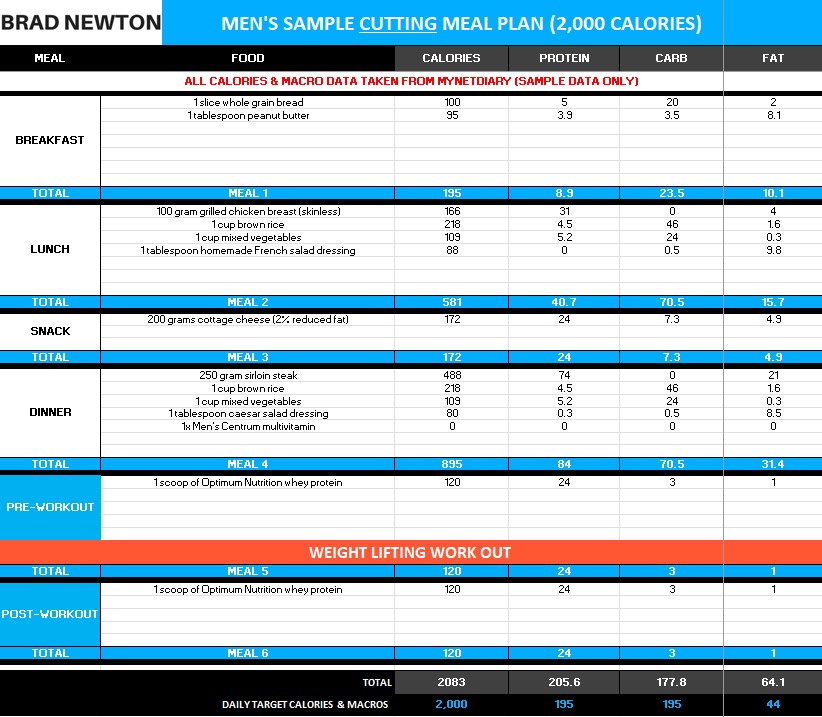
If you want, you can download my 2,000 calorie meal plan, remove the entries, and add your own food items. This was essentially what I did, along with heavy lifting in the gym, to get down to around 10% body fat (after 2–3 months). If I can do it then I believe you can do it too! 🙂 Give it a try!
Meal Plan for Weight Loss Tip #5
“Cheating” On Your Meal Plan
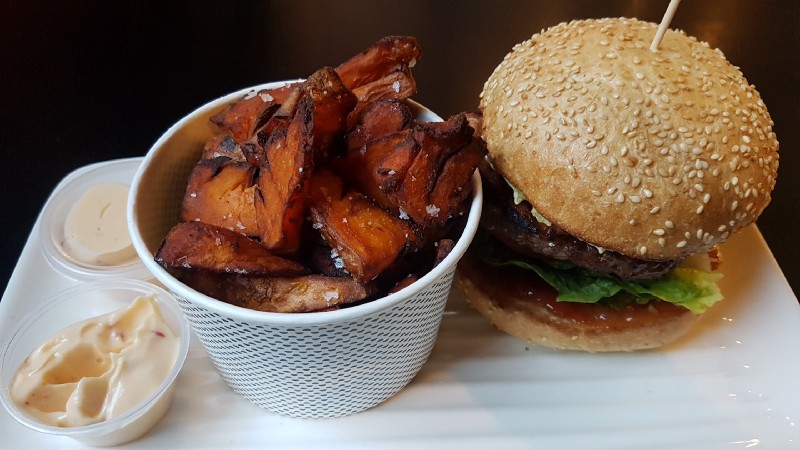
Whenever I was getting ready for a fitness competition and I need a cheat meal (to keep me sane!) — my first choice was a protein snack followed closely by a meal high in carbohydrate and very low in fat.
The protein snacks I would have usually late at night when hunger strikes include;
- Tuna
- Hard-boiled eggs
- Protein bars (usually Quest bars!)
- Hummus and carrots (hummus is high in protein)
- A protein shake
Thus, the reason why I suggest protein-based cheat meals is you’ll feel satiated for longer between your major meals in your meal plan.
If I don’t have protein snacks handy then I’d usually have carbohydrate-type snack food such as;
- Mixed vegetables with some light seasoning
- Apples (can’t go wrong!)
The reason why I prefer to have carbohydrate over fat as a cheat meal is a high carbohydrate meal causes less body fat storage than a high fat meal.
And although carbs have been bashed over the years for “making you fat.” The truth is — protein and dietary fat can also make you fat — if you violate the law of energy balance.
In other words, if you are in a calorie deficit; regardless of how much protein, carb or fat you eat, you’ll lose weight. If you are in a calorie surplus, you’ll gain weight.
Meal Plan for Weight Loss Tip #6
Meal Frequency Doesn’t Matter
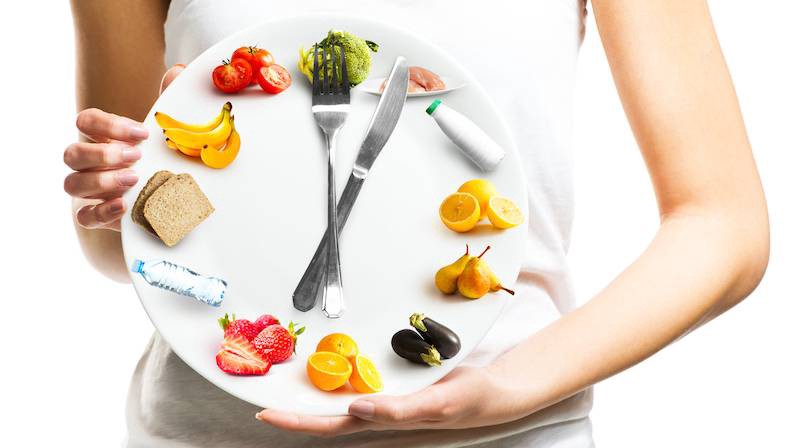
What is most important is that you wrap your flexible meal plan around whatever suits your preferences, schedule, and lifestyle.
For me, I prefer not to eat breakfast. I like a cafe latte in the morning and will eat my first major meal around 1 pm in the afternoon. But this works for me.
Some people prefer a big breakfast and eat light thereafter.
If you like eating something every 2–3 hours, then you should design your meal plan that way.
Also, I’ve been working night shift in a corporate job where I start work at 8.30 pm and finish at 7.00 am, for seven consecutive days! I’ll usually eat “lunch” at midnight and my “afternoon snack” at 3 am. Despite my insane work schedule over the years, I’ve still managed to achieve my body composition goals.
So just remember, your flexible meal plan needs to be wrapped around your lifestyle — not the other way around!
Meal Plan for Weight Loss Tip #7
Life is about alternatives
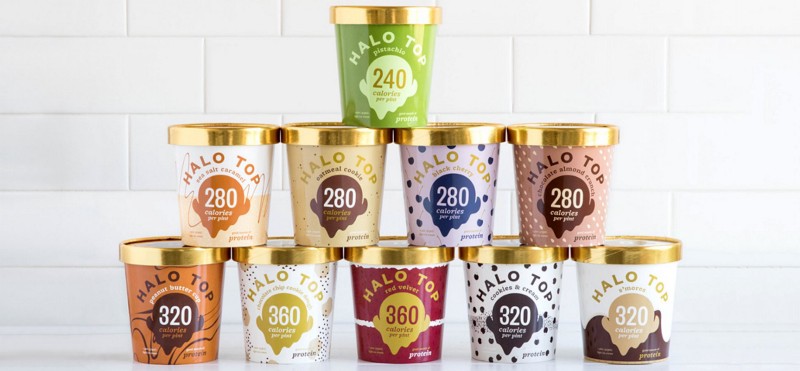
If you’ve never tried Halo Top and you love ice cream — you must try it! 🙂 It is the perfect meal plan alternative where a tub of it “costs” 240–360 calories… and you are getting 24 grams of protein and the same enjoyment as eating regular ice cream (which has three times the amount of calories!)
Flexible meal planning can be so enjoyable when you use lower calorie alternatives without the feeling of restriction! If you want several days of your week to include Halo Top as your evening dessert then perfect — include it! And trust me, you won’t be compromising your body composition goals 🙂
When I first started my fitness journey, I believed I had to remove all sugar, processed foods, all meat, and at one point — all dairy! I turned vegan for a while! Of course, my body composition never changed because I was still not setting daily calorie and macronutrient targets.
When it comes to meal planning dairy with daily calorie target and macronutrients in mind — you’ll need to be vigilant of the calorie-dense nature of your choices.
Check this out:
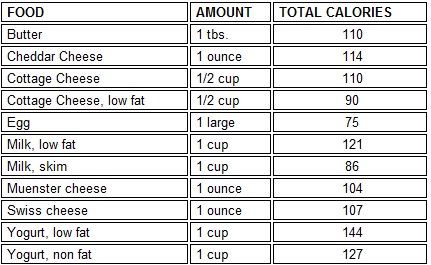
As you can see, a tablespoon of butter is 110 calories and 1 ounce of Cheddar cheese is 114 calories.
So that “innocent” spread of butter on your wholegrain toast for breakfast or those “little bites” of cheese for lunch — not accounted for in your meal plan — are the silent killers to your body composition goals. They can easily close the gap in the calorie deficit that we are trying to create to stimulate fat loss.
My suggestion is to consider them as cheat food or, if you need to have milk for breakfast or salad dressings for your lunch — consider low-fat options.
Check out this milk comparison table.
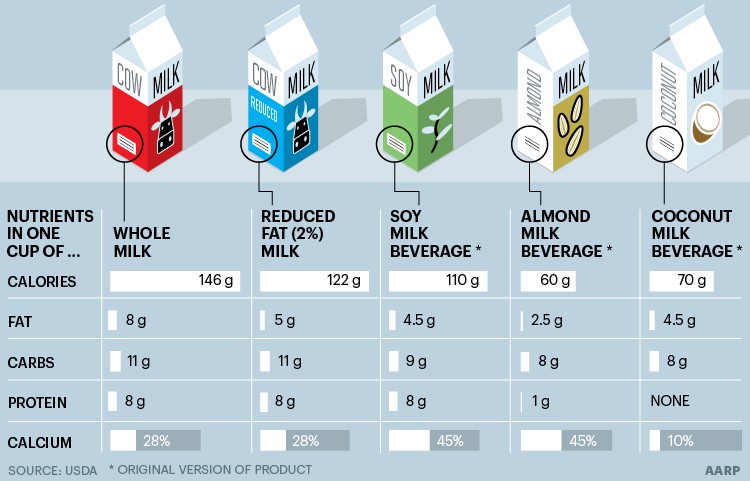
As you can see, you can easily halve your “calorie cost” in your meal plan by using almond milk or coconut over whole-fat milk.
And if you are not keen on that idea — include whole-fat milk! Just remember that you’ll have less calories to spend on other things (like Halo Top! :-))
If you love your salad dressings then the same principle applies. Be mindful that your favourite salad dressing might be “costing” you more calories than what you can afford.
Check this out:
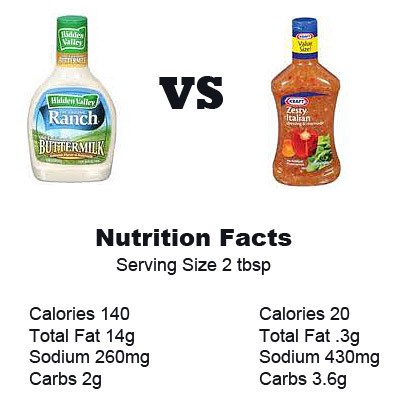
Here are two salad dressings; one is 140 calories a serving size whereas the other is 20 calories! There’s a good chance you’ll be adding more than a tablespoon 🙂 So the trade-off here is to use the 20 calorie option and allow more calories to be sparred for…. Halo Top 🙂 Or another cheat food you have in mind!
So What’s Next?
You pretty much know everything you need to start creating winning flexible meal plans to get into great shape (without paying $60 for someone else to do it!)
If you decide to start a “cutting” flexible meal plan then you should expect to lose around 1 pound of weight per week. In the first week, you’ll probably lose around 2 pounds before it starts to stabilise at around 1 pound per week.
You won’t have any cravings and you’ll actually look forward to your next meal on your very own custom meal plan! Plus, you’ll be lifting weights and, within a few months, you’ll be blown away by the results 🙂




